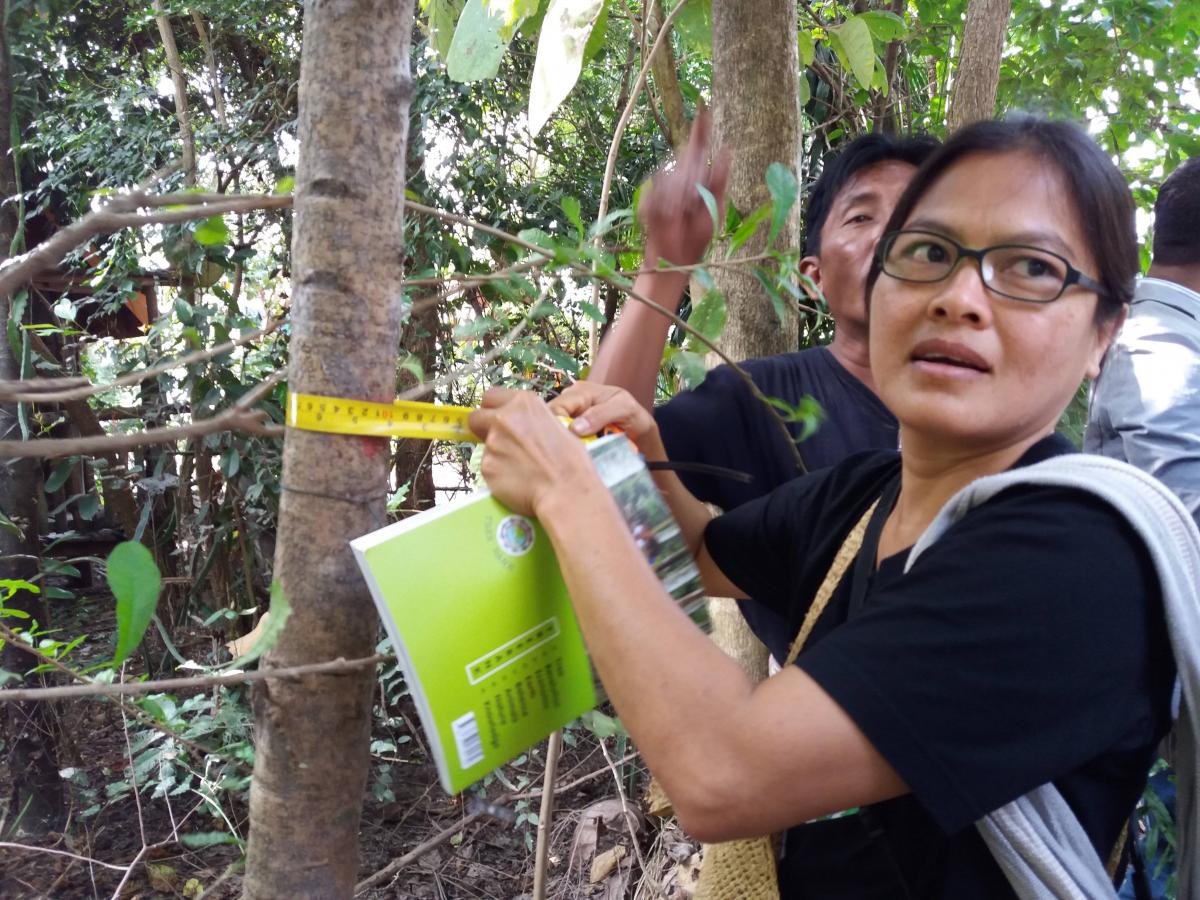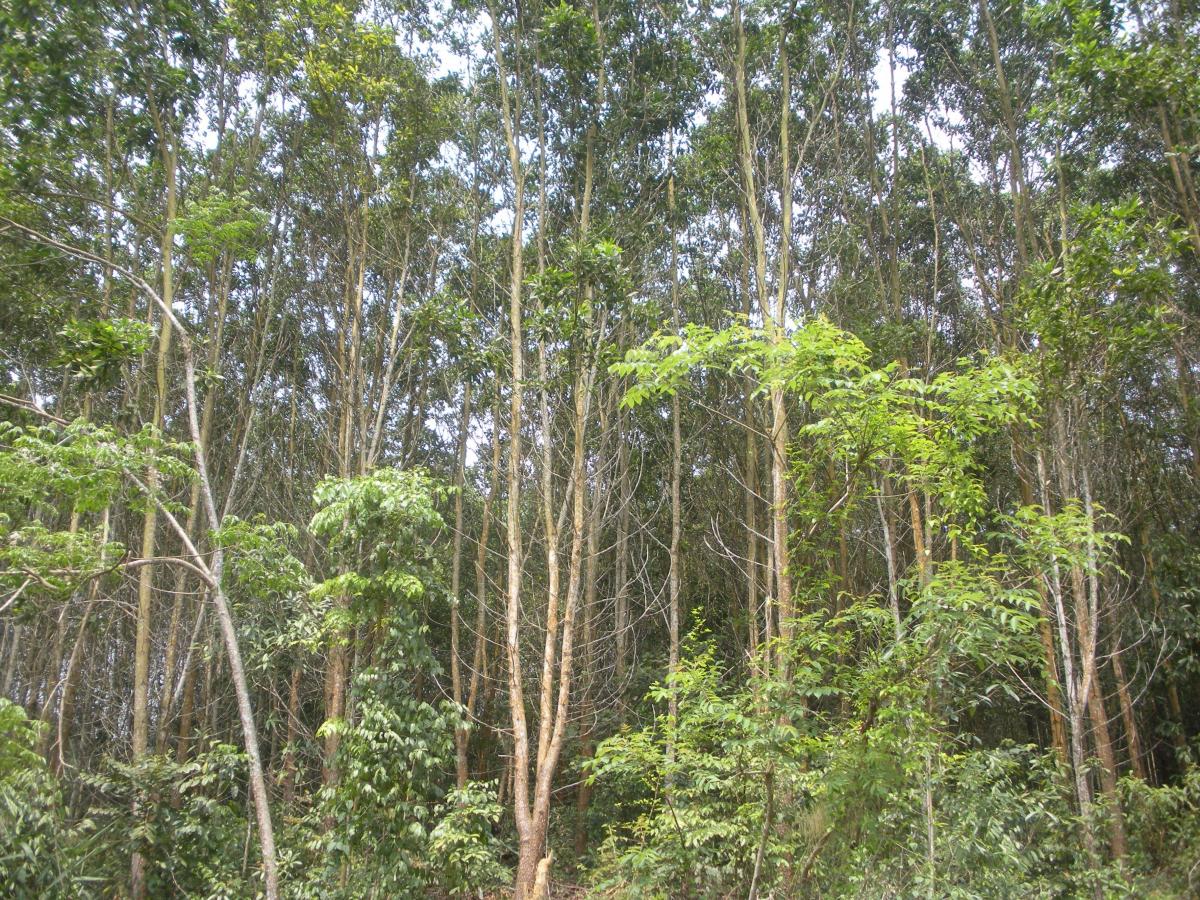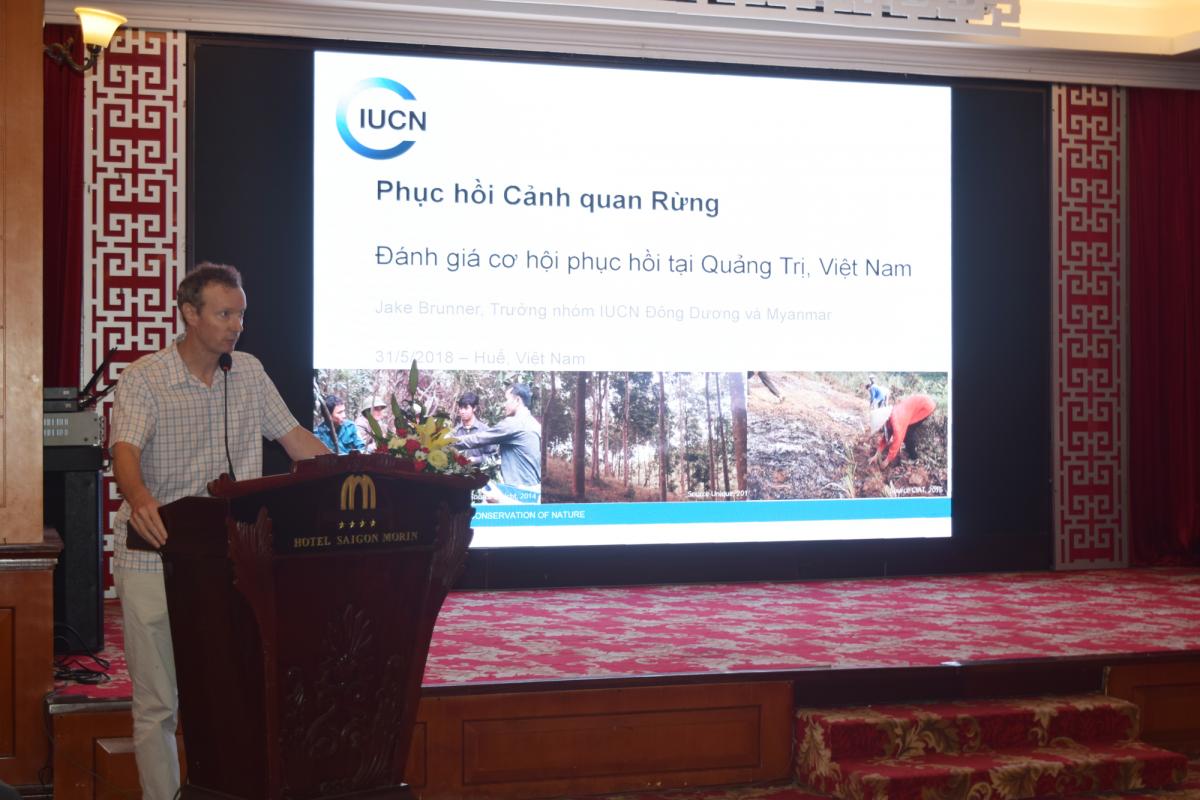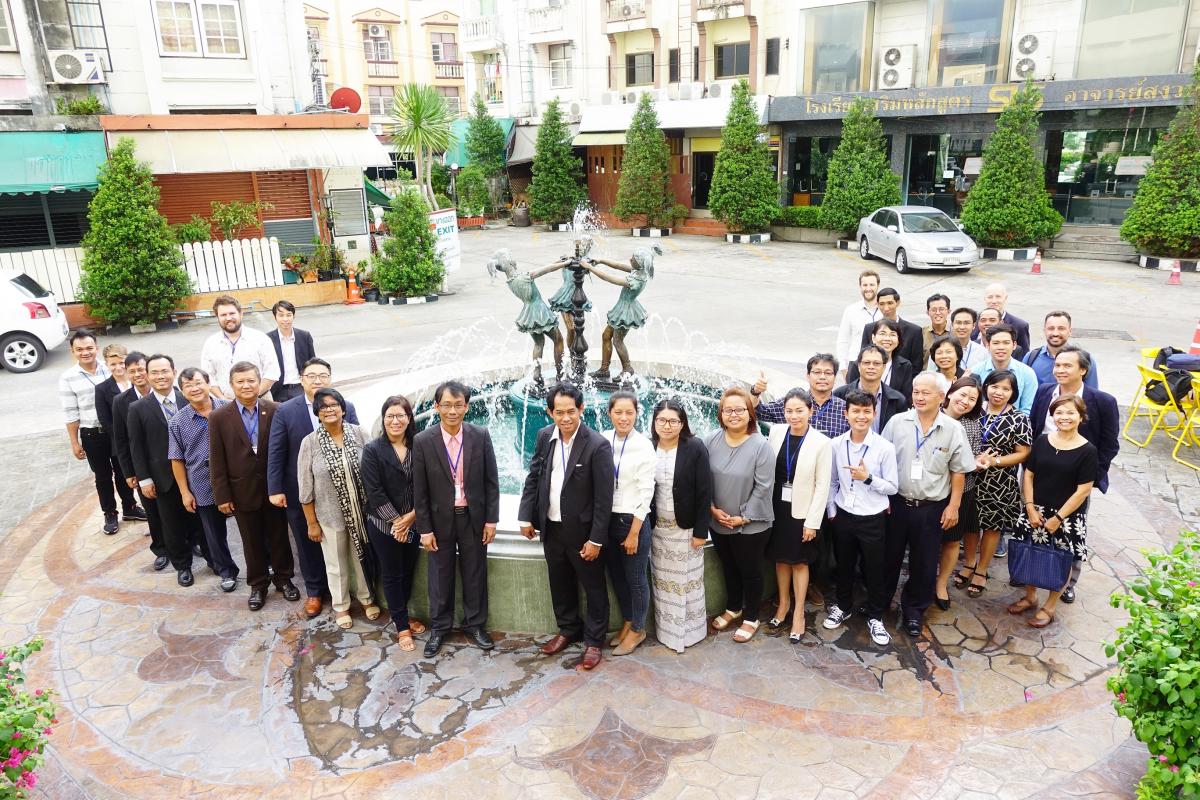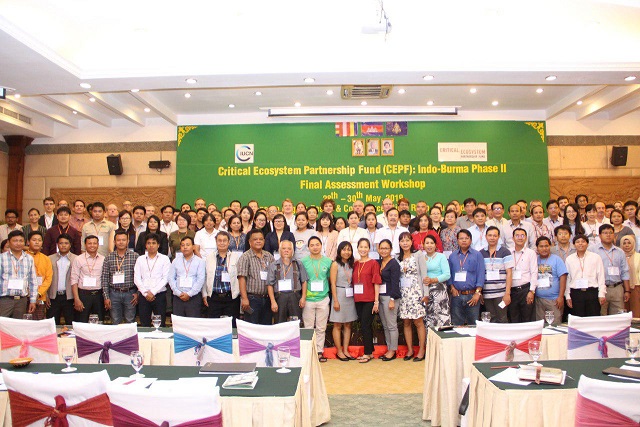How to increase the value of Vietnam’s forestry sector?
On a visit to Quang Tri in 2016 we asked a forest ranger where the best forest was. He said it was in remote areas too inaccessible for illegal logging or land conversion. If an area has fertile soil and is easy to access, people will turn it into farmland. When we asked a young farmer in Yen Bai if young people were interested in forestry, his said no, because it takes too long to earn a living. When we asked about native species introduction in acacia plantations, we were laughed at: “Naive researchers”, “Who can wait for 30 years?”, “Storms will take it all”, and “All the trees will die”. There is a predominant perception that forestry is not an economically attractive sector, which translates into low levels of investment.
Yet in 2017 Vietnam exported almost $8 billion of wooden furniture. This is twice as much as coffee, four times more than rubber, and nearly 10 times more than cassava. Vietnam is the largest wood products exporter in ASEAN, the second in Asia (after China), and the sixth in the world. Globally, demand for wood products keeps rising. With more than 14 million hectares of forest, Vietnam’s forestry sector is well positioned to capitalize on the high demand for furniture-grade wood. But it can’t: in 2017, Vietnam had to import $2.5 billion of timber to meet the demand.
So Vietnam suffers from both low levels of investment in the forestry sector and growing unmet demand for timber. How should it respond?
Vietnam embarked on forest restoration in the late 1980s, mainly by planting fast growing eucalyptus and acacia species. Forest cover increased from 9.89 million hectares in 1985 to 14.41 million hectares in 2017. But while forest quantity has increased, forest quality has declined: 67% of the remaining natural (i. e., non-plantation) forest is classified as poor or extremely poor. In many provinces, plantations are almost entirely acacia monocultures: 90% in Hoa Binh and Quang Ngai and 77% in Quang Ninh, Ha Tinh, and Quang Tri. And nearly all of this is geared to low-value wood chip on 4-6-year rotations.
In September 2017, Vietnam and the EU signed Forest Law Enforcement, Governance and Trade Voluntary Partnership Agreement (VPA), potentially an important step to improve forest governance and reduce illegal logging. However, EIA International recently reported that 178,000 m3 of logs and sawn timber worth over $75 million entered illegal Vietnam from Cambodia in the 2017-2018 dry season (https://eia-international.org/wp-content/uploads/eia-serial-offender-web.pdf). How can Vietnam meet the demand for high value timber while ensuring that its wood products are made from legally sourced timber?
Solutions may lie with the government strategy on production forestry.
In 2014, the government imposed a logging ban in natural forests (which cover about 70% of the forest estate). In 2016, the Prime Minister extended the ban to include even FSC-certified forests in the Central Highlands, a deforestation hotspot. In 2017, the Communist Party extended the ban nation-wide, including all FSC-certified forests. Logging bans may be an appropriate emergency interim measure but a blanket ban discourages investment in sustainable forest management and/or may “export” logging to neighboring countries. The compensation payment of 200,000 dong/hectare to forest companies only covers half of the protection costs and often comes late. This increases the risk of small-scale encroachment and forest degradation. It also makes it impossible to meet the government’s 2016 target of 150,000 hectares of natural forest certified by 2020.
To meet domestic demand, in 2017 Vietnam imported 2.2 million m3 of roundwood from Cameroon, Gabon, Laos, and Cambodia, and other countries assessed as high risk in terms of illegal logging, which threatens Vietnam’s VPA commitment.
If companies with FSC certification were allowed to harvest 1% of the total natural forest timber volume within production forests (i.e., outside protection forests or protected areas), it would yield about 4 million m3, much more than roundwood imports. This would reduce Vietnam’s dependence on timber imports. Sustainable logging would require greatly improved forest monitoring and law enforcement.
In plantation forests, there is an urgent need to diversify away from genetically identical acacia monocultures to reduce the risk of catastrophic disease outbreaks and take advantage of the demand for native species in the high-value domestic furniture sector. Export-oriented furniture companies are collaborating with smallholders to invest in longer rotation timber plantation that can achieve FSC certification.
But barriers exist. First, longer rotation acacia plantations lose money over the first five years (and over the first 10 years if native species are introduced). While longer rotations and native species introductions have a much higher NPV than short rotation acacia over 25 years, poor households may not be able to afford to wait, a problem compounded by the risk of severe storm damage risks, particularly in storm-prone central Vietnam. Government could help fill this “liquidity gap” either by providing grants or low-cost loans and/or by facilitating agreements with furniture companies to make payments over time linked to the value of the timber stock.
Second, there is a severe lack of technical capacity at the provincial level to ensure the availability of high quality native seedlings, more sophisticated silvicultural practices (beyond “plant and cut”), smallholder organization, and forest certification.
Third, roads and storing facilities are needed to ensure that timber can be transported efficiently.
Fourth, companies are often not well suited to negotiating with hundreds or thousands of smallholders. This is where government has a key role to play in farmer organization and training. Government also needs to be willing to enforce contracts to ensure that the risks and returns are fair to both companies and smallholders.
To help Vietnam’s forestry sector achieve its full potential, the government needs to shift the focus from producing low-value wood-chips to higher-value products from more diverse and biologically rich forests. This requires reforms at the highest level of government starting off with a vision for the forestry sector that explicitly and unequivocally embraces forest quality as the key measure of performance.
A first step would be the approval of a forest landscape restoration (FLR) plan that includes strict protection of the remaining non-production natural forest, reorienting plantations toward longer rotation FSC-certified timber, and transitioning acacia monocultures into native species plantations. This transformation would take 20-30 years to complete. It would reduce the trade deficit, assist compliance with the VPA, improve local livelihoods, and increase biodiversity and carbon stocks, and in doing so assist Vietnam deliver its Nationally Determined Contribution (NDC) to the Paris Agreement.
IUCN’s Restoration Opportunity Assessment Methodology (ROAM) has been used by many countries to prepare national and sub-national FLR plans. IUCN recently completed a ROAM assessment in Quang Tri. A national ROAM assessment could form the basis of a commitment to the Bonn Challenge, a global effort to bring 150 million hectares of deforested and degraded land into restoration by 2020 and 350 million hectares by 2030.
To learn more about ROAM, go to: https://www.iucn.org/theme/forests/our-work/forest-landscape-restoration/restoration-opportunities-assessment-methodology-roam, and about the Bonn Challenge, go to: http://www.bonnchallenge.org/.
